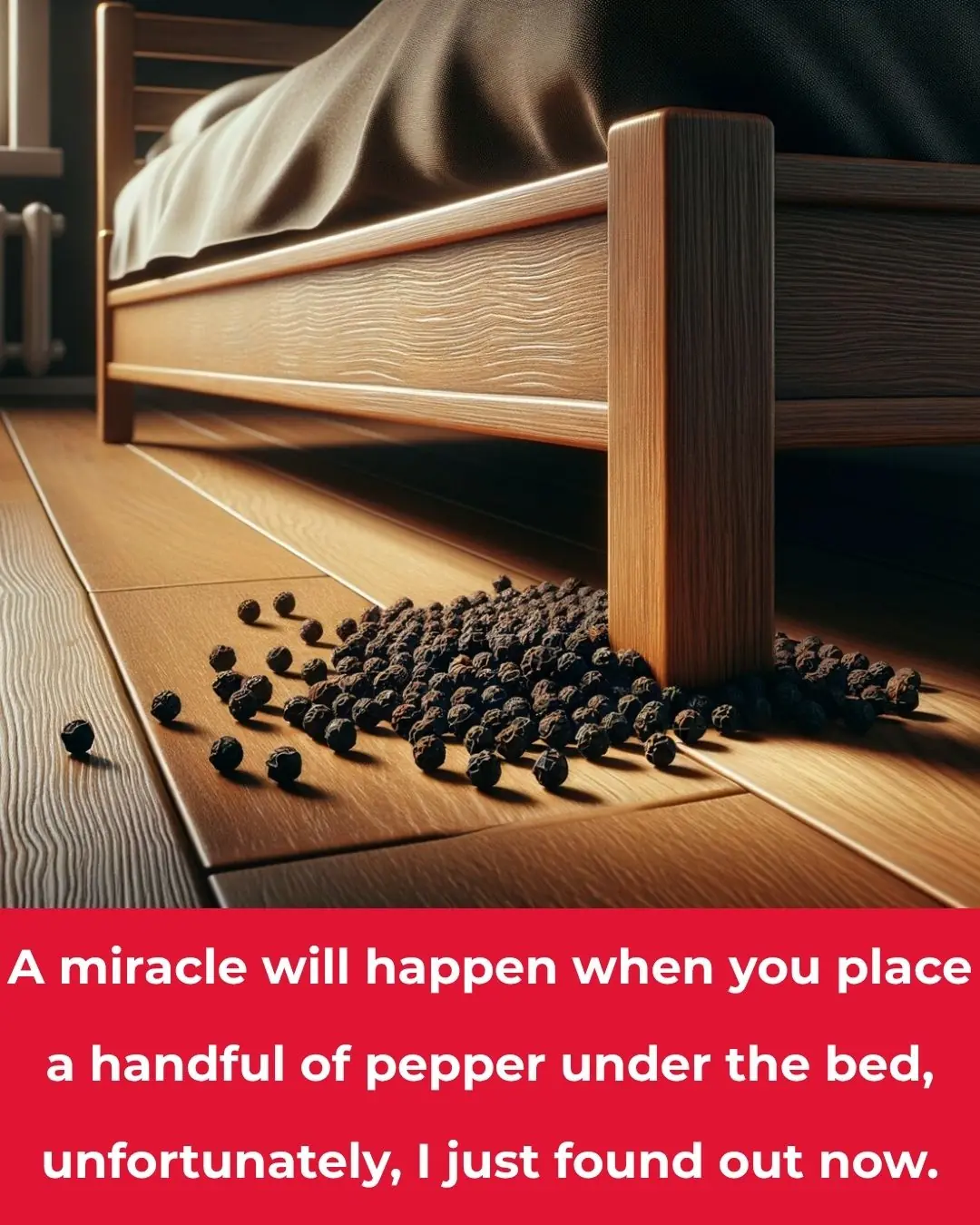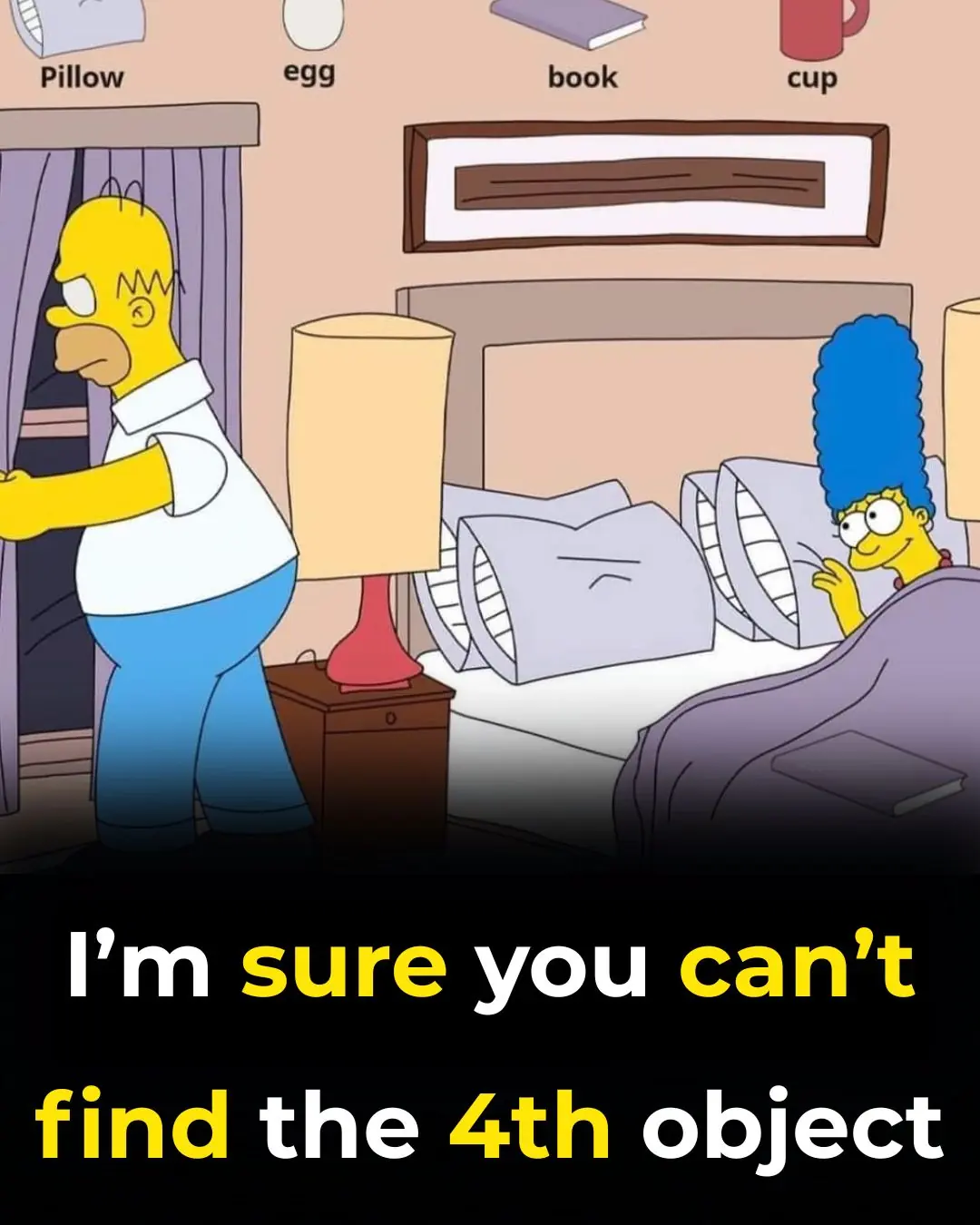
Can you spot the hidden dog? Only people with eagle eyesight can!
Puzzles, riddles, optical illusions — who doesn’t love a good brain teaser that makes you squint, think, and test how sharp your mind and eyes really are? These little challenges are more than just fun distractions; they push your visual perception and problem-solving skills to the limit.
I’ll admit it — I can never resist them. Whenever I stumble upon a new illusion or spotting challenge, I have to give it a try. And this one? It’s been stumping the internet for weeks.
🐾 The Challenge That’s Driving the Internet Crazy
The photo in question, originally shared on Reddit, looks deceptively ordinary. It shows a tangle of brown twigs, dry leaves, and forest brush — just another autumn day in nature. But hiding somewhere in that mass of texture and color is a dog, camouflaged so perfectly that most people can stare at the image for minutes and still see nothing unusual.
At first glance, there’s no clear hint — no movement, no bright fur, no shape that screams, “I’m right here!”
And yet, somewhere in that photo lies a small spaniel, blending seamlessly into the background like a woodland ghost.
The image was aptly captioned #FindTheSniper, and it didn’t take long before it turned into a full-blown online obsession. Redditors couldn’t stop talking about it, arguing over whether there really was a dog hidden in the scene at all.
👁️ Why This Illusion Is So Hard
What makes this puzzle so infuriating — and fascinating — is how it plays with your brain’s visual shortcuts. When we look at complex images, our minds automatically filter information, focusing on patterns, colors, and contrasts that fit our expectations.
If an object blends in too well with its surroundings, our brain simply ignores it. It’s not that your eyesight isn’t good — it’s that your mind decides the hidden object doesn’t belong to what it’s “supposed” to see.
In this case, the tangle of brown twigs and shadows forms such convincing visual noise that your brain categorizes it all as “background.” The result? The spaniel becomes practically invisible, even though it’s right in front of you.
As one Redditor put it:
“I spent ages staring at it and thought it was just a trick photo.”
Another admitted:
“Even after I got the clue, I still couldn’t find it. It drove me insane!”

🔎 A Few Helpful Hints
Still can’t see the dog? Don’t worry — you’re far from alone. Here are a couple of tips to help your eyes adjust:
-
Start in the center of the image and slowly scan left.
-
Look for subtle curves or soft textures that differ slightly from the sharp, jagged twigs.
-
Once you spot two tiny reflective dots — the dog’s eyes — the rest of its outline suddenly becomes obvious.
Once you finally find it, you’ll wonder how you ever missed it. The dog’s reddish-brown fur matches the background almost perfectly, but the expression in its eyes gives it away. And just like that, your brain reclassifies the entire image — from chaos to clarity.
🧠 What This Says About the Human Brain
This illusion isn’t just a fun test of eyesight; it’s a fascinating peek into how our brains interpret reality. Humans are wired to detect movement and contrast — not stillness and camouflage. That’s why animals in nature evolve to blend in: it literally tricks predator and prey brains alike.
The more uniform an image looks, the more likely your mind is to skip the details. It’s the same principle behind optical illusions, camouflage patterns, and even some magic tricks — they all rely on your brain’s tendency to overlook what seems “normal.”
🐶 Did You Spot the Spaniel?
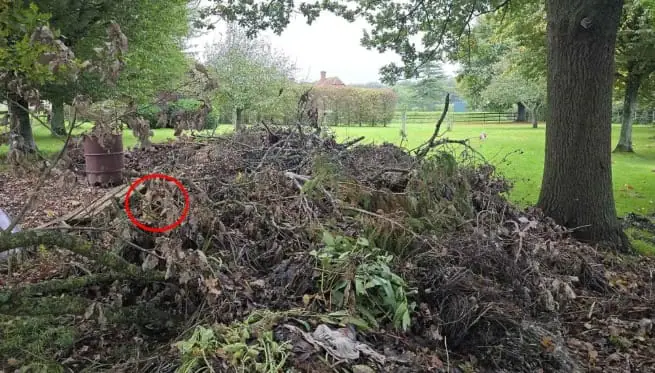
So — how long did it take you to find the hidden dog? Be honest.
If you located it in under 15 seconds, you’ve got exceptional pattern recognition skills. If not, you’re definitely not alone — most people give up after a full minute of scanning.
And here’s the funny part: once you finally see it, you can never “unsee” it. Every time you look back, the dog practically leaps out at you.
Sometimes, the most obvious things are the easiest to overlook — a perfect reminder that our brains see what they expect, not always what’s there.
News in the same category

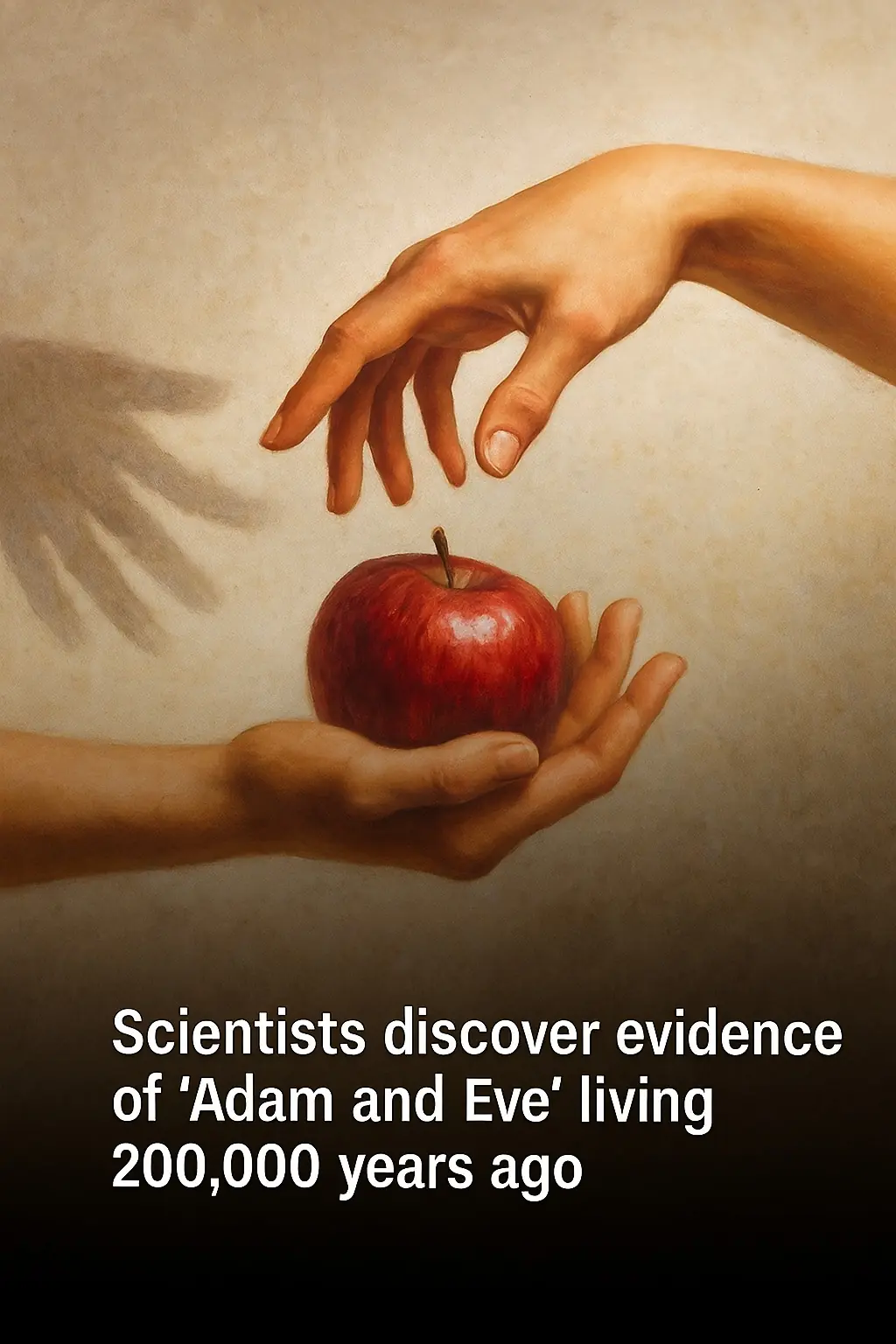
Scientists discover evidence of 'Adam and Eve' living 200,000 years ago

Discover Love in the Little Things: Everyday Connections

The Political Science Of Ending Animal Testing In The US

These organic burial pods will turn your body into a tree after you die
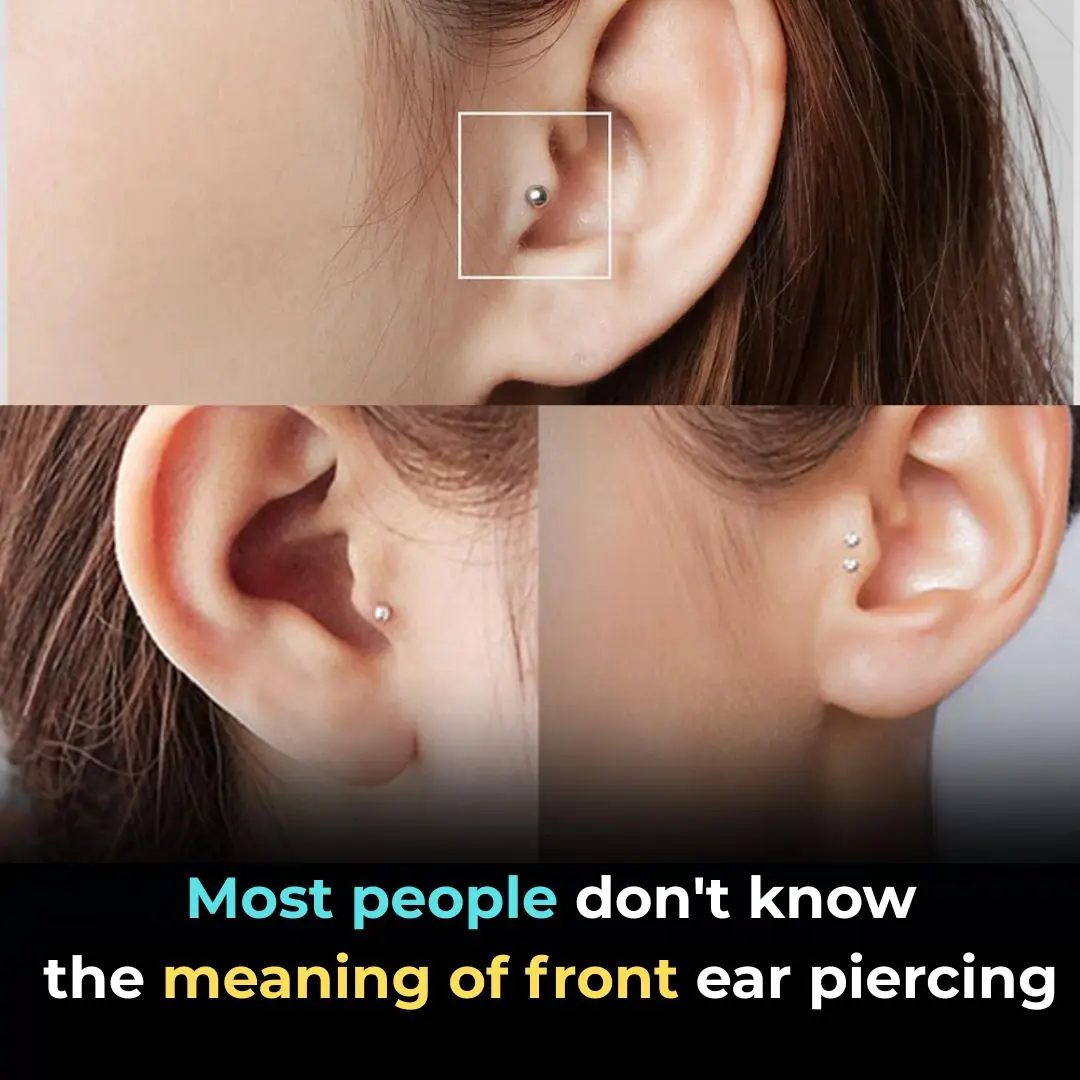
Tragus Piercing What Does It Mean

💪 Sarcopenia: Why Muscle Loss Happens & How to Fight It (After 50)

Japanese scientists delete chromosome that causes down syndrome

Princeton Just Changed Higher Education Forever: Families Earning Under $250K Won’t Pay a Single Dollar in Tuition
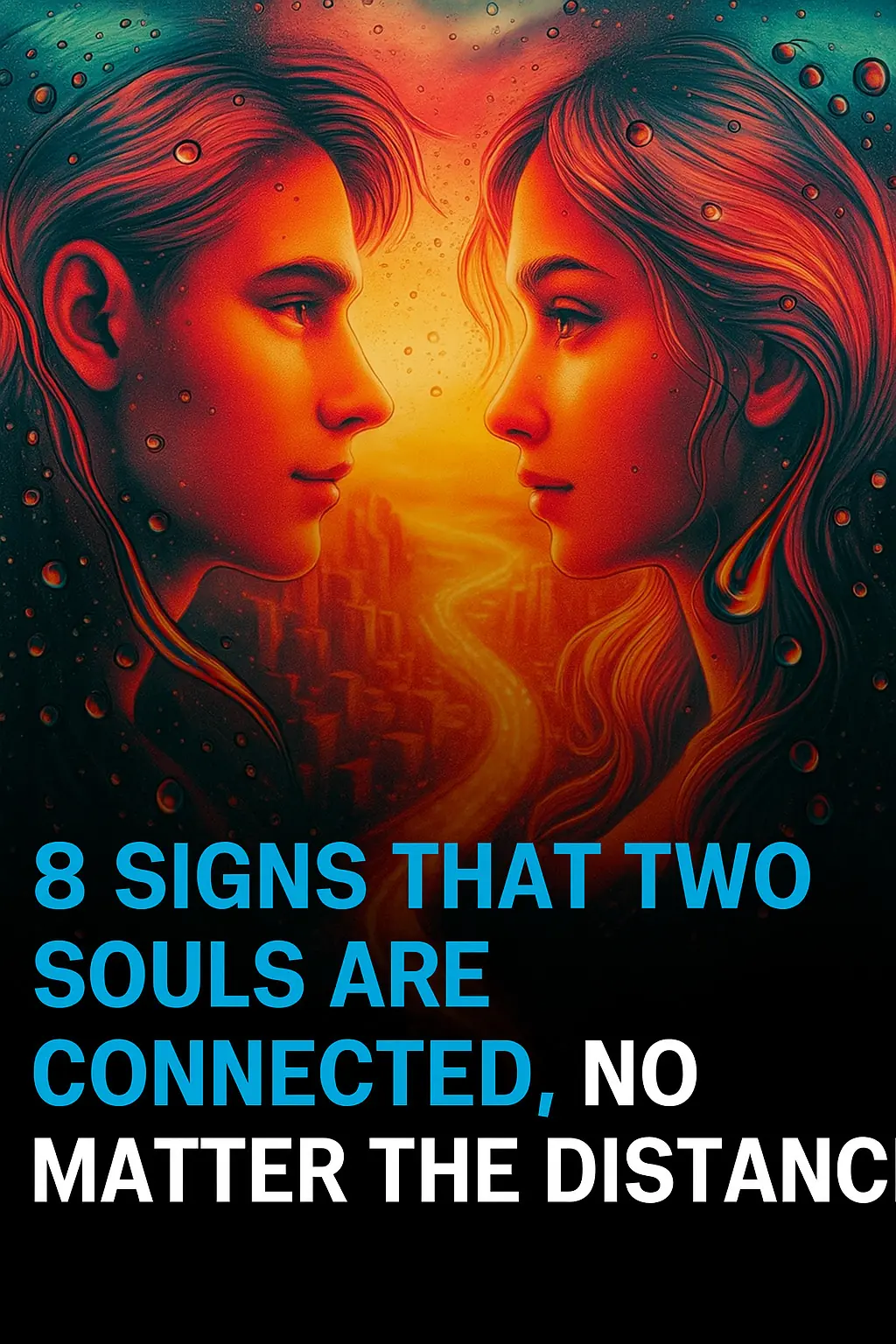
8 Signs That Two Souls Are Connected, No Matter The Distance
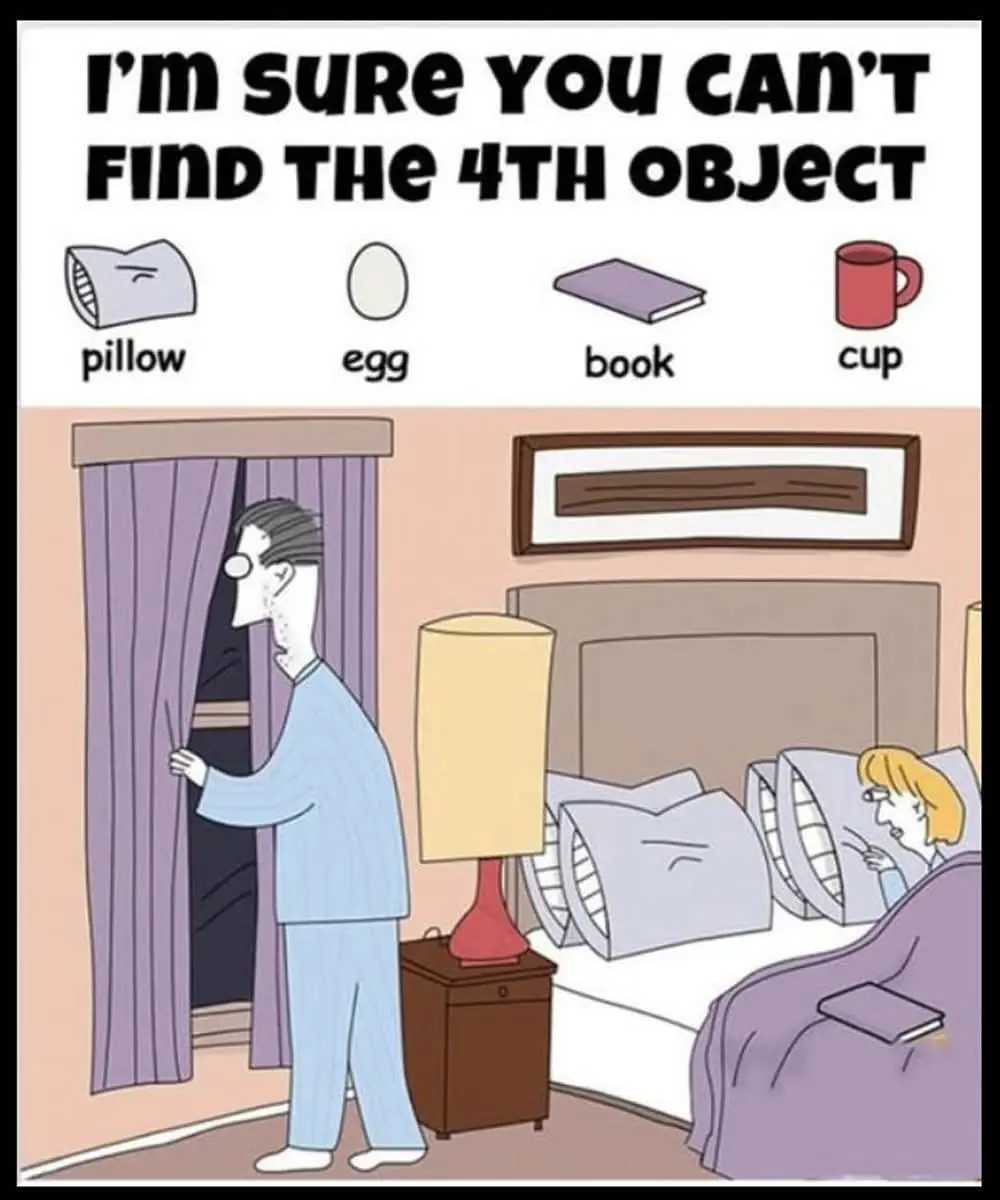
Can you spot the book, egg, cup, and pillow?

Inside Sweden’s Cashless Future: Thousands Opt for Microchip Implants
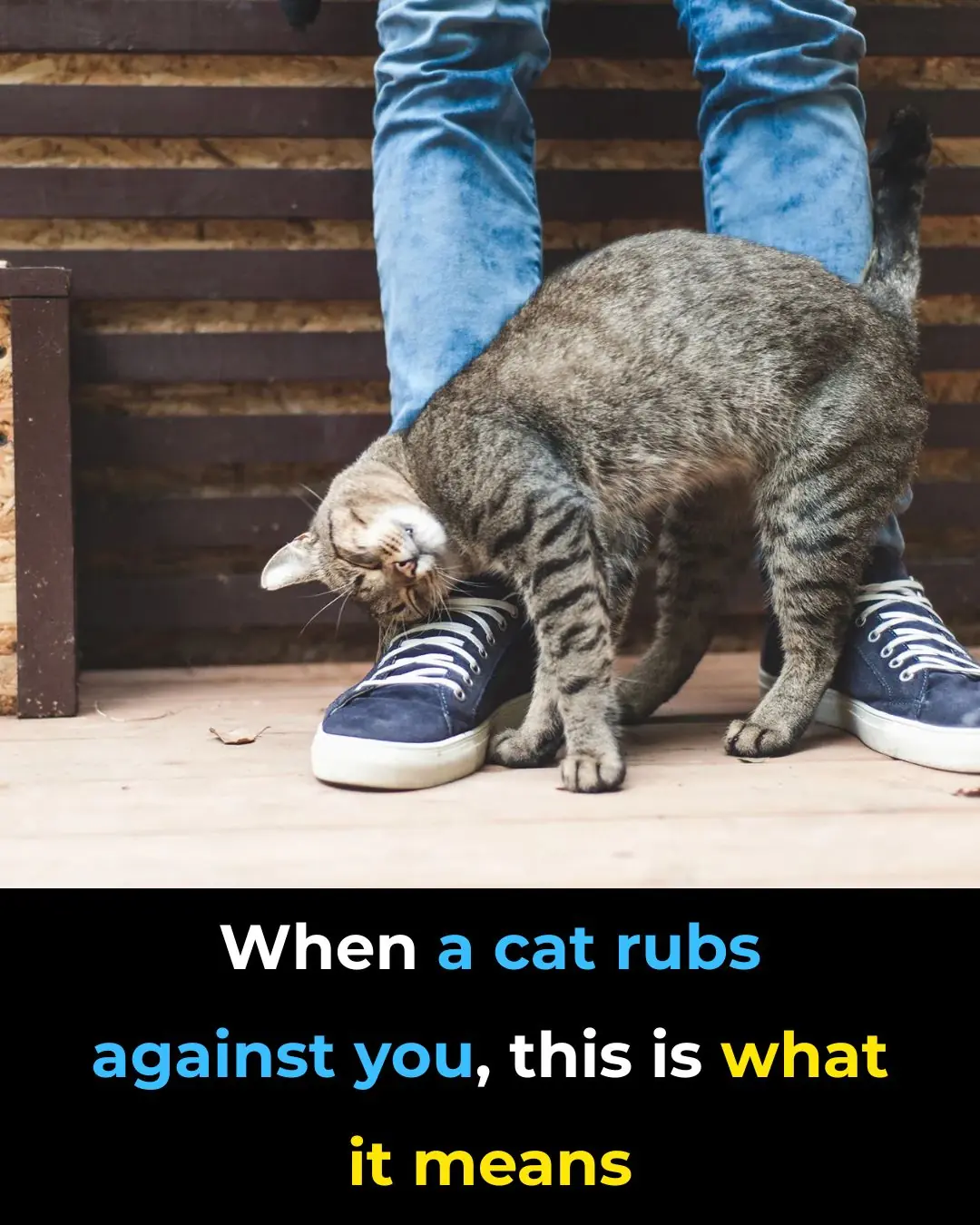
When a cat rubs against you, this is what it means
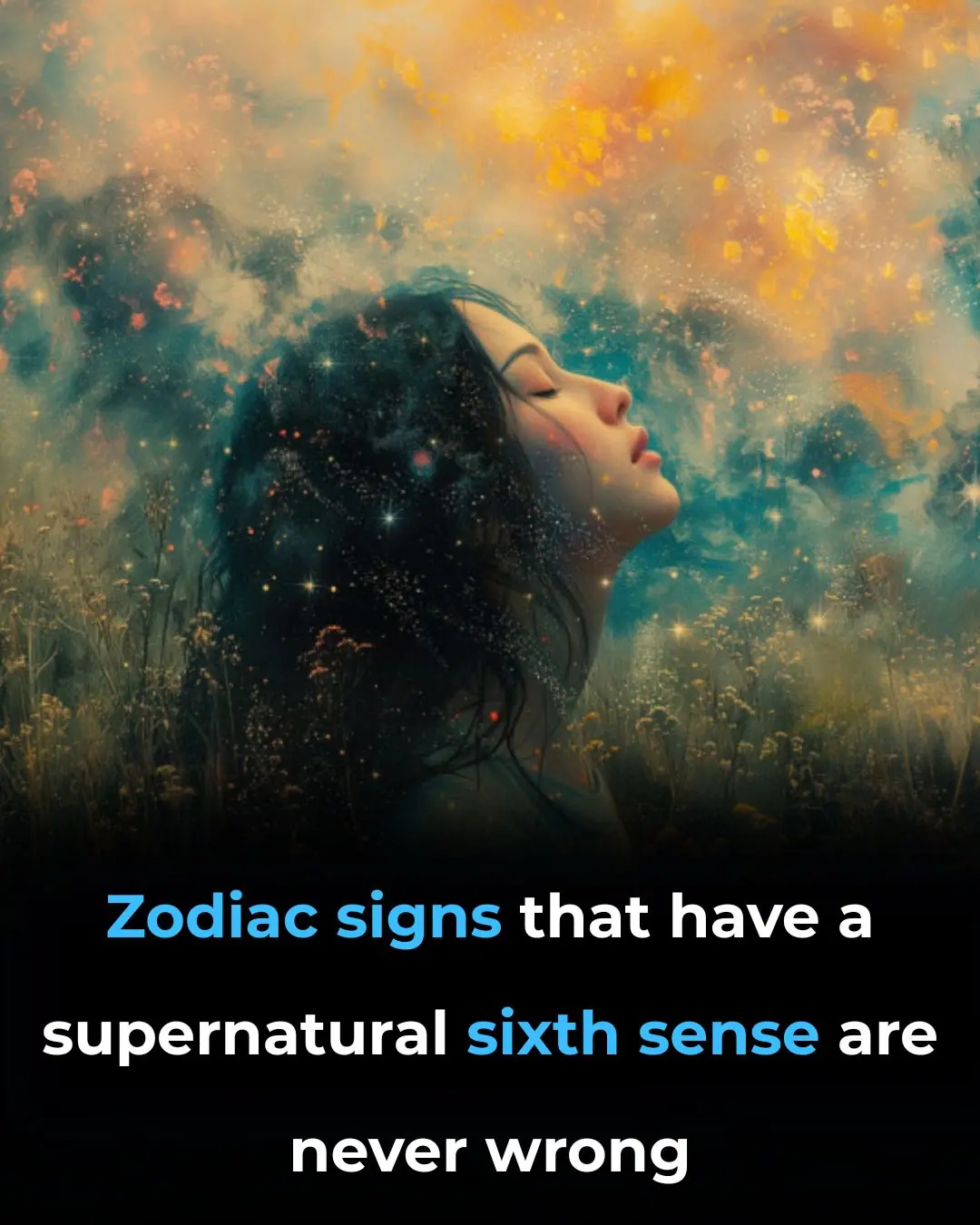
Zodiac Signs Most Likely to Have Prophetic Dreams

What Your Pile of Dirty Dishes Might Really Be Saying About You
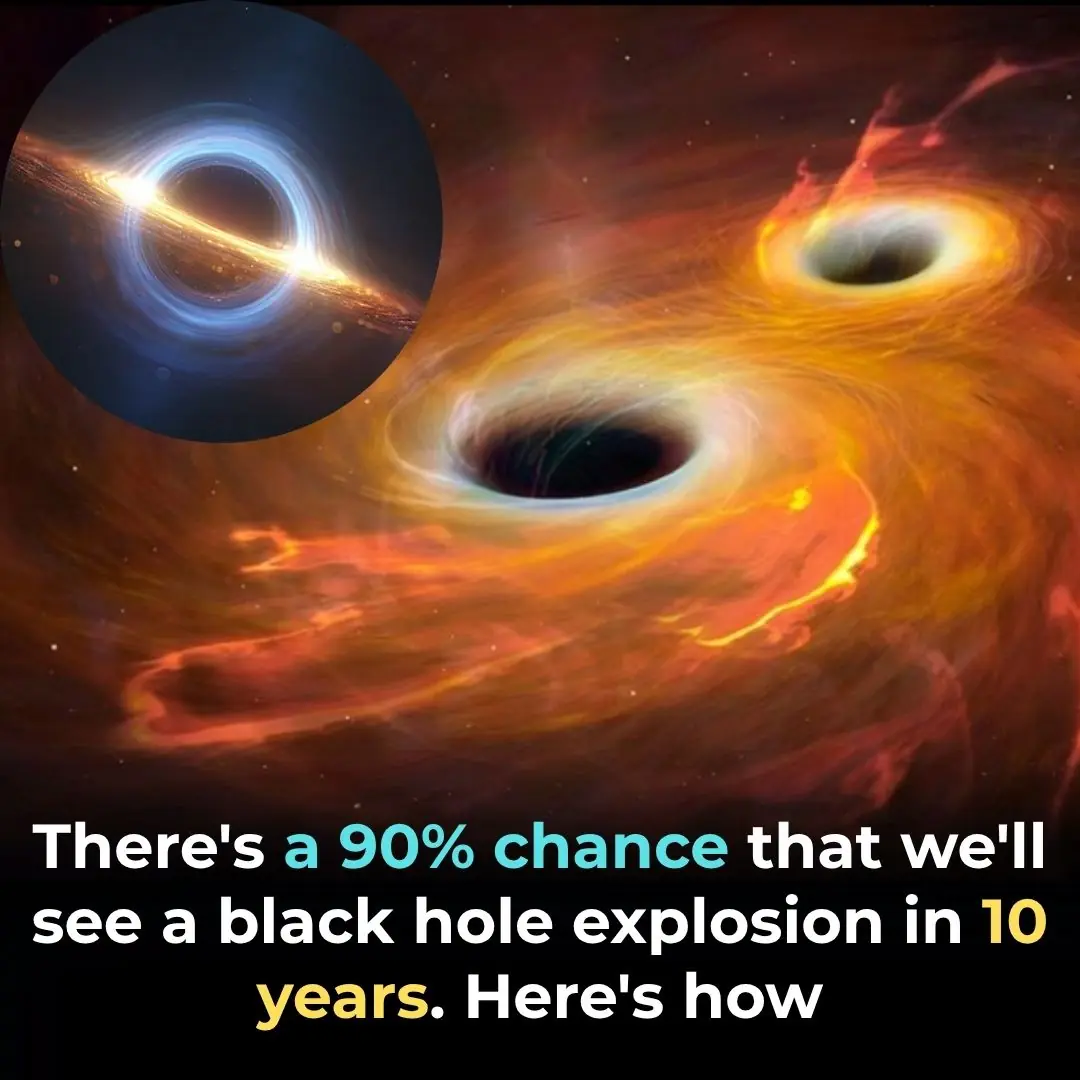
Scientists Claim Black Hole Could Explode in the Next 10 Years—with 90% Certainty

9 Signs Your Partner Is Trying To Get Closer To You That You Might Not Realize
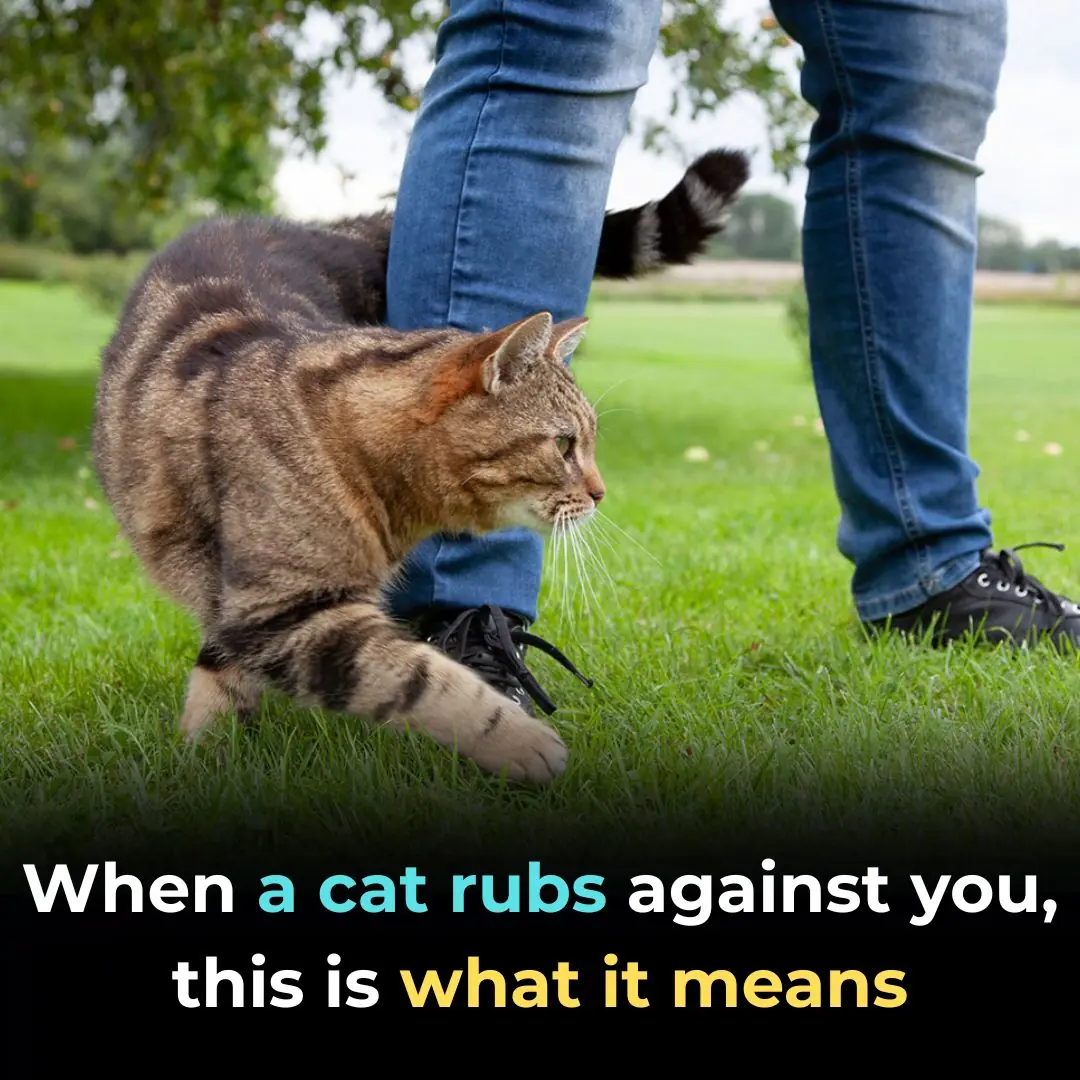
When a cat rubs against you, this is what it means
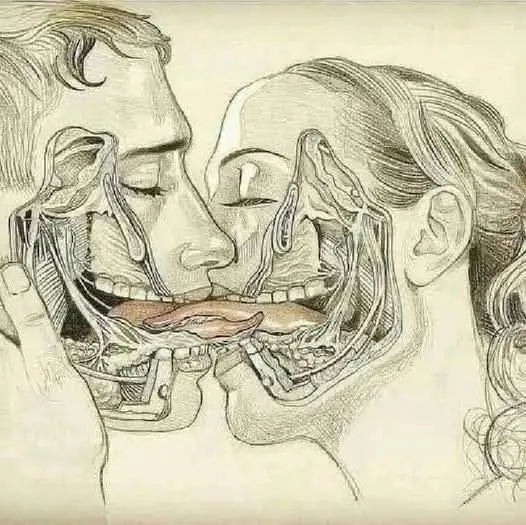
WHAT HAPPENS WHEN WE TONGUE KISS…See more
News Post

A Natural Botox Alternative? How a Simple Chia Seed Mask Can Tighten, Brighten, and Rejuvenate the Skin
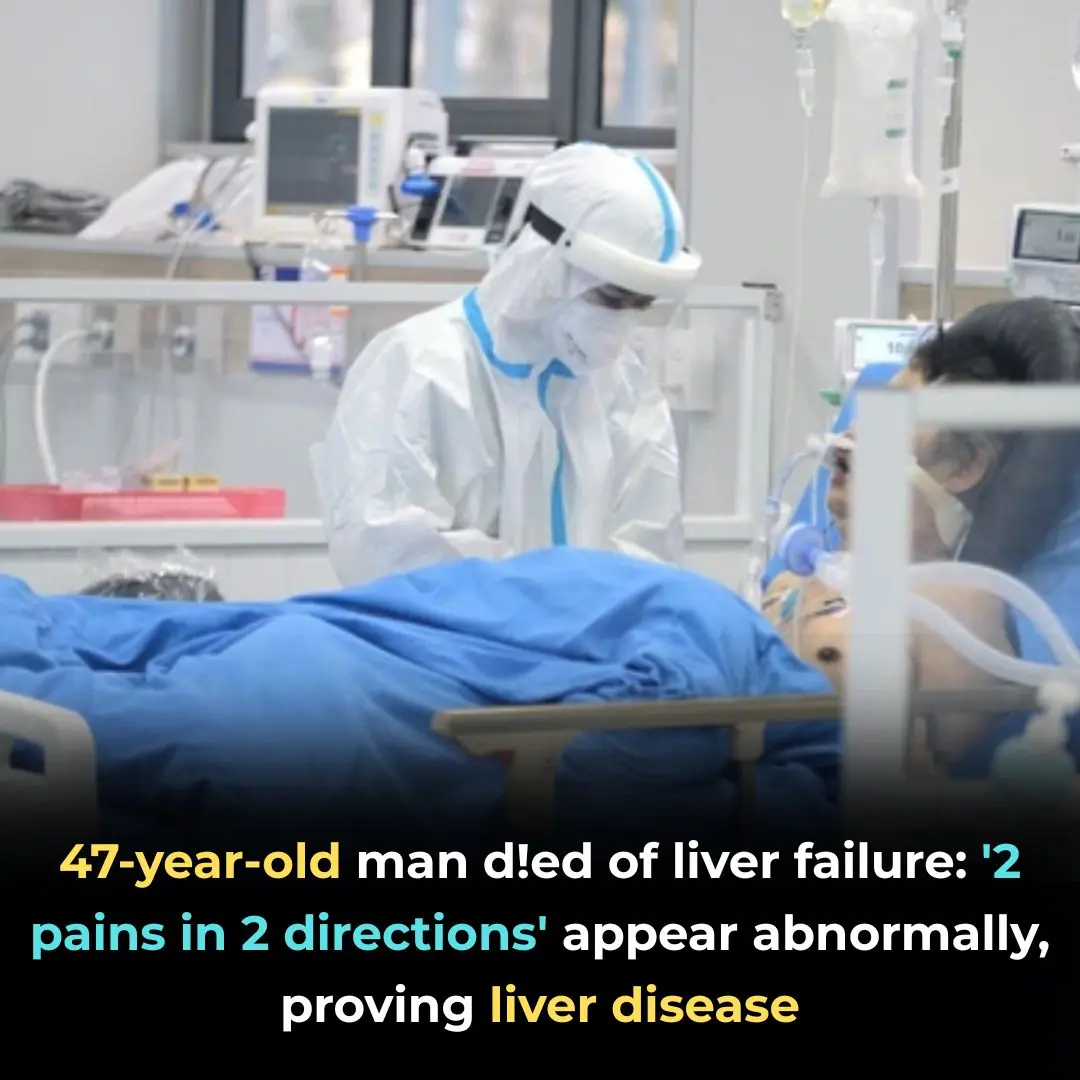
47-Year-Old Man Dies from Liver Failure: “Two Types of Pain, Two Types of Itching” Warn of Serious Liver Disease

Don’t Throw Away Your Empty Milk Powder Cans – Turn Them Into Useful Household Items

If Cancer Cells Are Developing in the Body, These 3 Nighttime Symptoms May Appear

Can you spot the book, egg, cup, and pillow?

Neem: An Ancient Plant With Potential Health Benefits – What Science Says

Doctors reveal that green broccoli causes...see more

Artery-Cleaning Foods: The One Meal Doctors Won’t Tell You About
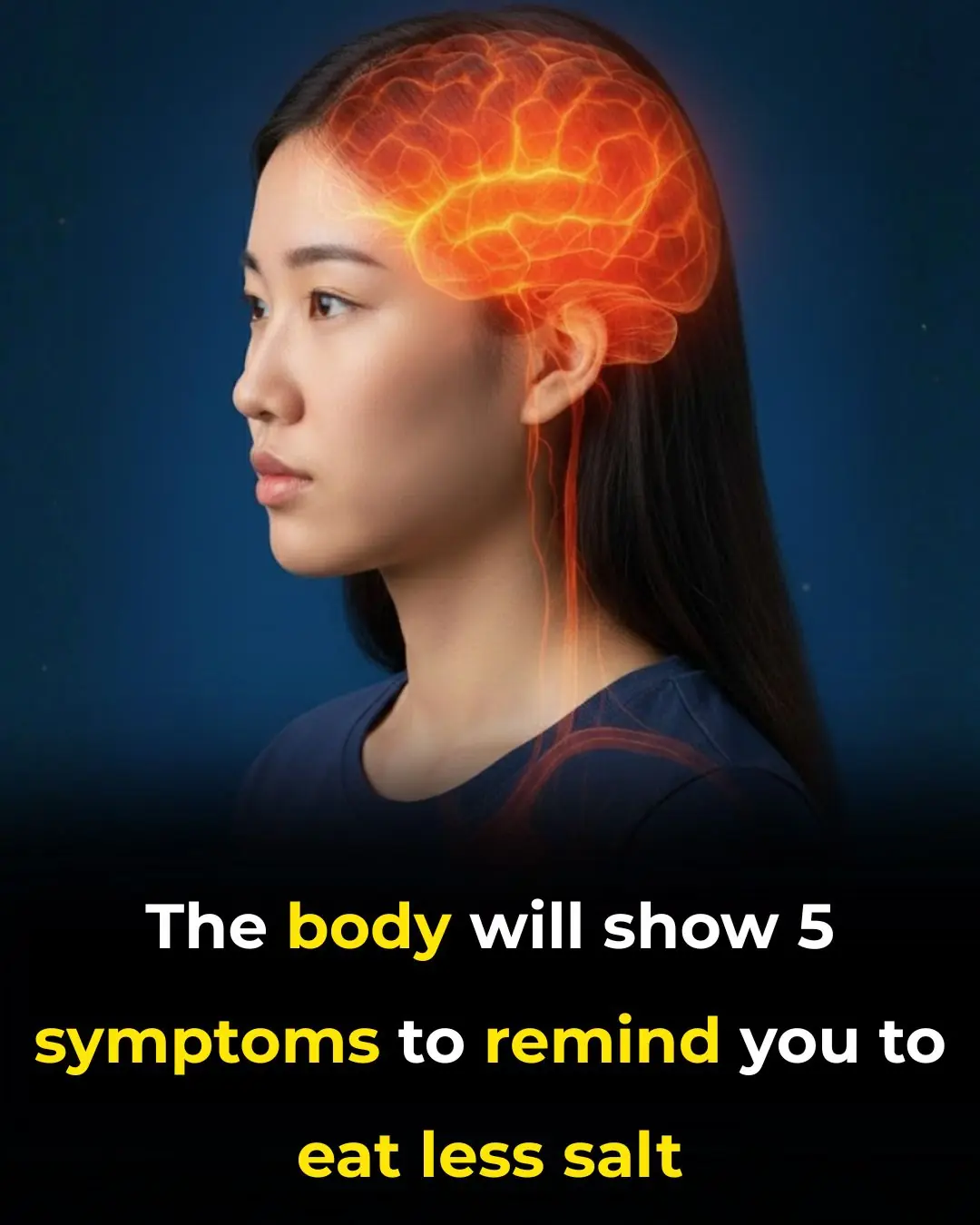
The body will show 5 symptoms to remind you to eat less salt

5 foods that heal your body and STARVE cancer—eat these now!
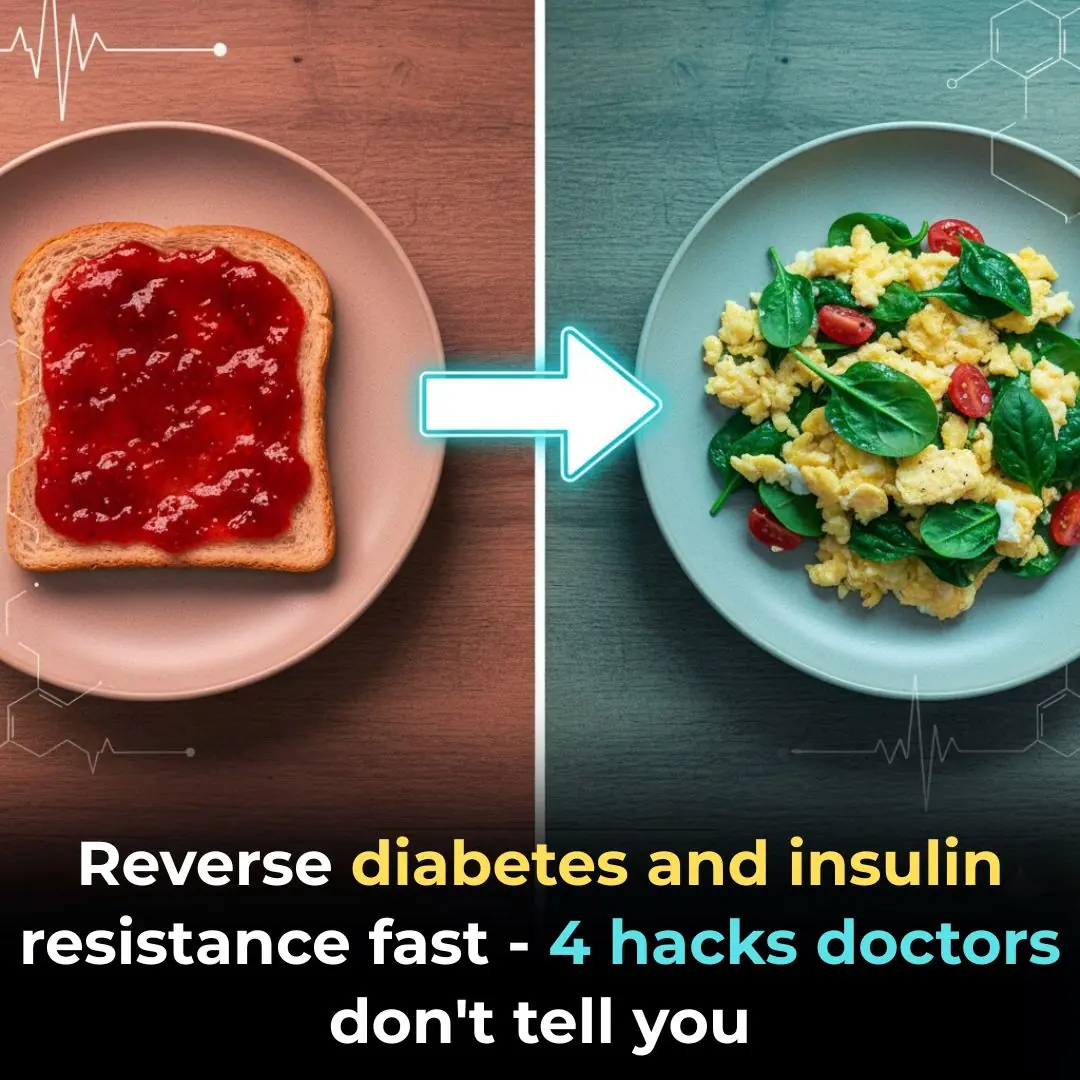
Reverse diabetes and insulin resistance fast—4 hacks doctors don’t tell you!

This is Why You Always Wake Up in the MIDDLE of the Night (and how to make it STOP)

They were wrong about fasting — here’s what 30 hours without food really does to your body
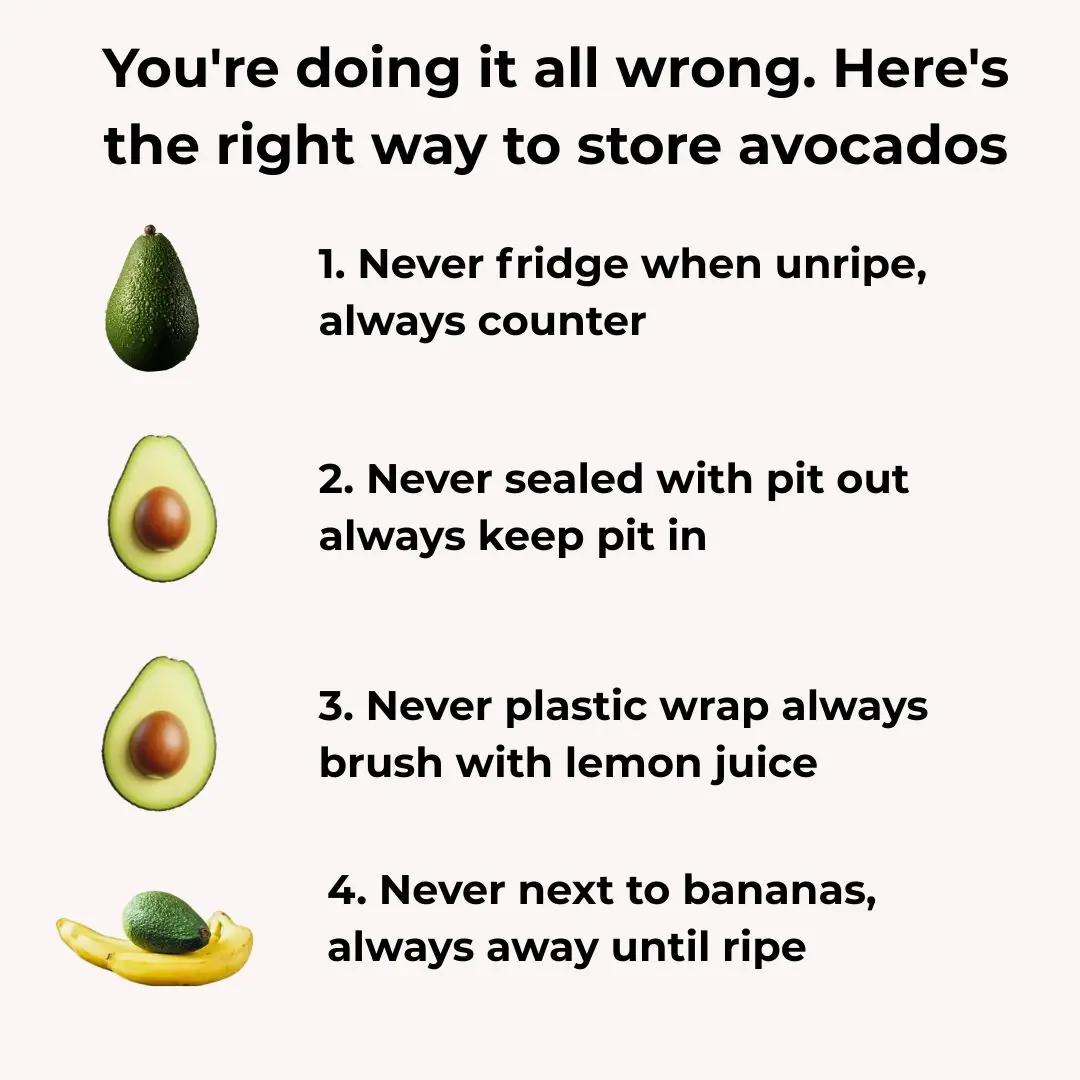
You're doing it all wrong. Here’s the right way to store avocados

8 reasons why adding baking soda to your toilet tank is a must-do trick
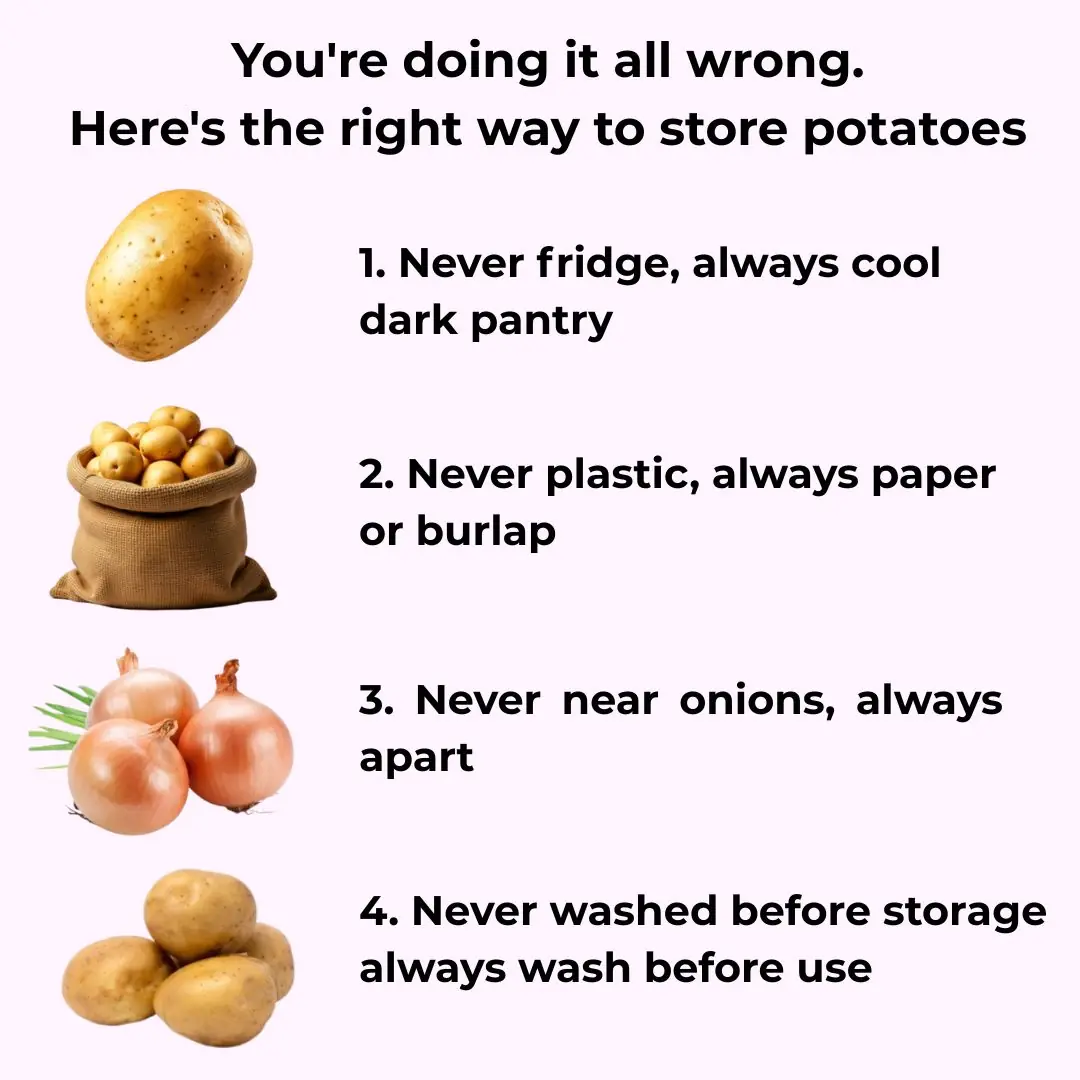
You're doing it all wrong. Here’s the right way to store potatoes

Washing machine stays clean all year without scrubbing thanks to a common household liquid, saving millions every year 👇👇

Aster flowers, the 'miracle cure' hidden in roadside wild plants
